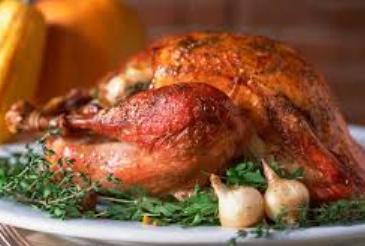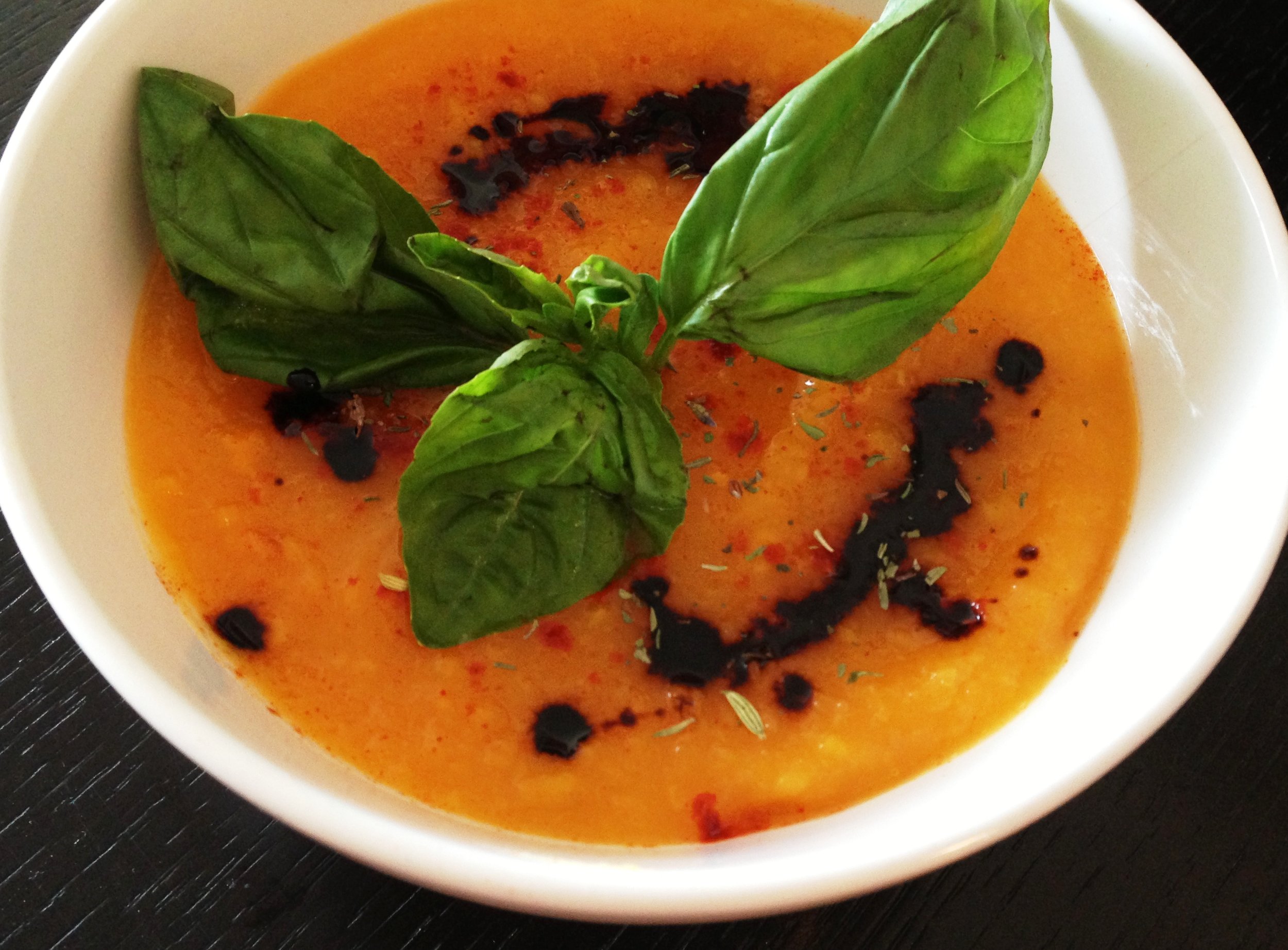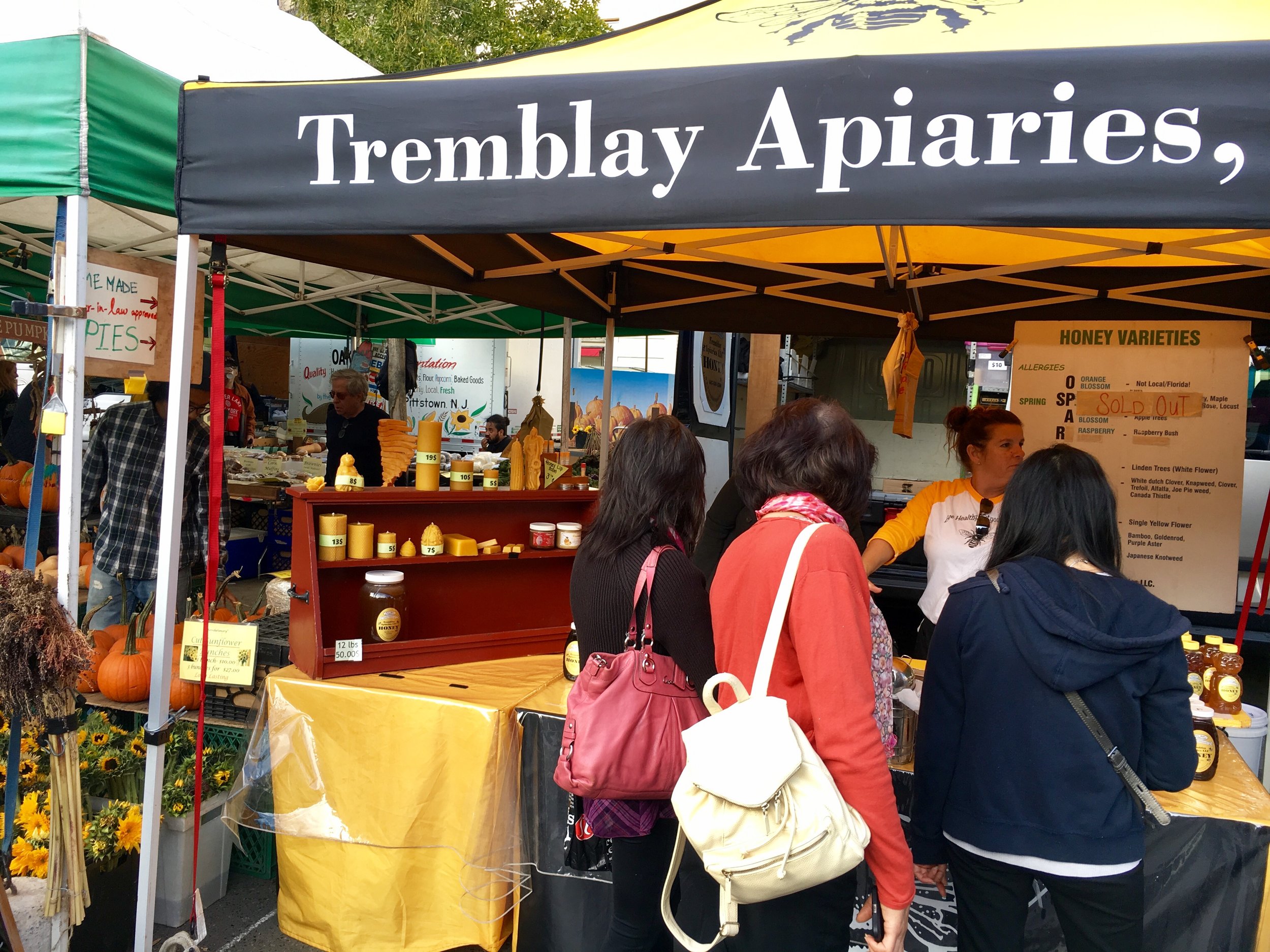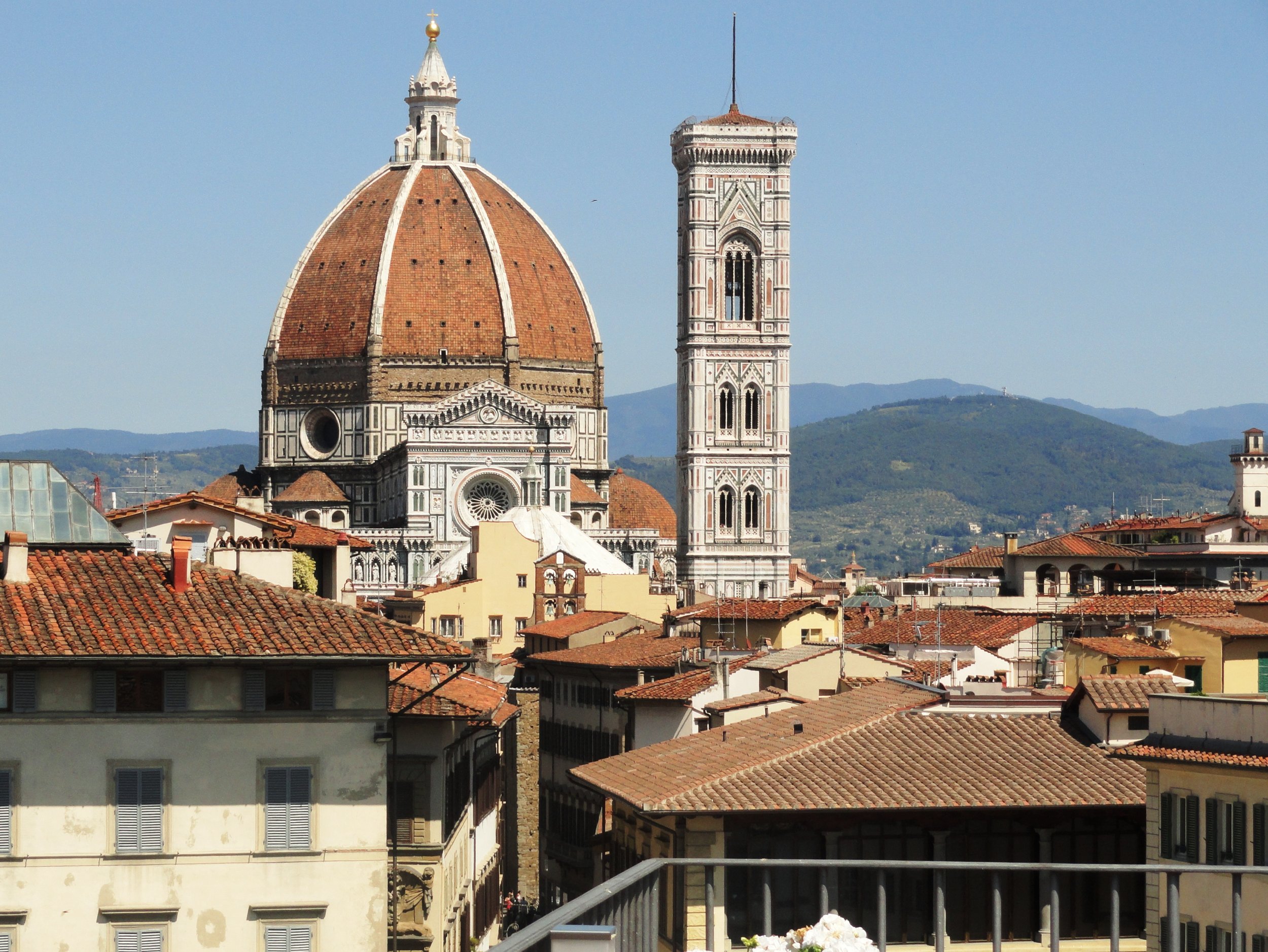Hanukkah, the festival of lights, is a celebration of the reclaiming and rededicating (Hanukkah means "dedication") of the Holy Temple in Jerusalem in the second century BCE. The oil used to light the menorah in the temple, thought only enough to last for a night, lasted for eight days instead -- hence the festival of lights. Culinarily speaking, this translates to celebrating this oil with lots of fried goodies. Latkes, or potato pancakes -- and really fritters of any kind -- are present on most Hanukkah tables. Sufganiyot, or donuts in Hebrew, are basically the sweet version of fritters. They're delicious, and surprisingly to some, easy enough to make at home. In closing out this year's festival of lights, what better way to top off eight days of gluttonous fried foods than with the ultimate fried dessert?
There is a long tradition among both Ashkenazi and Sephardic Jews linking fried donuts, in various forms, with Hanukkah. North African tradition melds with the Jewish tradition of associating sfenj (the smaller, deep-fried donuts) with Hanukkah. In Israel, where Central and East European Jews mingled with North African Jews, the Yiddish ponchkes (similar to the German berliner, the Polish paczki, or the Russian ponchik) became part of this tradition.
Angel Bakeries, the largest bakery in Israel, reportedly fries up more than 250,000 sufganiyot every day during the eight-day Hanukkah festival. Local newspapers add to the excitement by sending out food critics each year to rate the best sufganiyah in town. As a result of the national hubbub, some purveyors have elevated the basic filling recipe to an art form. The most basic version is filled with plain red fruit jelly, while more expensive versions are piped with chocolate cream, dulce de leche, vanilla cream, cappuccino pastry cream, and even the Israeli anise-flavored liqueur called araq, and topped with various extravagant toppings, from coconut shavings to meringue and sprinkles and flavored glazes. Even Burger King got in on sufganiyah fever last year with the "SufganiKing" -- a burger with the bun replaced by sweet donut halves, which as BK notes "proves that miracles still happen"!
Here is my basic recipe. Below that, I'll post a link to my recipe as published on The Daily Meal a few years ago. You can get creative with both the fillings and the toppings. I like a salted caramel filling with a dark chocolate glaze (or the reverse), a Meyer lemon curd filling (with a lemon poppyseed glaze, yum!), a fruit cream filling with various chocolate and candy toppings, or a classic jam filling -- try fig -- topped with a simple dusting of powdered sugar. Whatever your personal palate dictates, one thing we know is that It's time to make the donuts!
Ingredients
- 1 Tablespoon dry yeast
- 4 Tablespoons sugar
- 3/4 Cup lukewarm milk or water (water for meat meal, milk for dairy meal)
- 2 1/2 Cups AP flour
- 1 Pinch of salt
- 1 Teaspoon ground cinnamon
- 2 eggs, separated
- 2 Tablespoons butter or pareve margarine, softened
- Jelly (strawberry, raspberry, apricot, etc.) or cranberry sauce
- Sugar, for rolling
- Vegetable/seed oil, for deep-frying
Directions
- Mix together the yeast, 2 tablespoons of sugar, and the milk. Let sit until it bubbles.
- Sift the flour and mix with the remaining sugar, salt, cinnamon, egg yolks, and yeast mixture.
- Knead the dough until it forms a ball. Add the butter/margarine. Knead some more, until the butter is well absorbed into the mixture.
- Cover with a towel and let it rise overnight, or at least 2 hours, in the fridge.
- Roll out the dough to a thickness of 1/8 inch. Cut the dough into 24 rounds with a juice glass or any object with a 2-inch diameter.
- Brush the 12 rounds with beaten egg whites. Take 1/2 teaspoon of the cranberry sauce and place in center of 12 rounds. Press down at edges, crimping with the thumb and second finger to seal. Let rise for 30 minutes.
Heat 2 inches of oil in a pan, to about 375 degrees.
Drop donuts into the hot oil, about 5 at a time, not crowding the pan. Turn to brown on both sides. Drain on paper towels and roll the donuts in sugar.
Here's a link to my recipe on The Daily Meal:
http://www.thedailymeal.com/recipes/sufganiyot-thanksgivukkah-recipe
Enjoy, and Happy Hanukkah!




































































































































